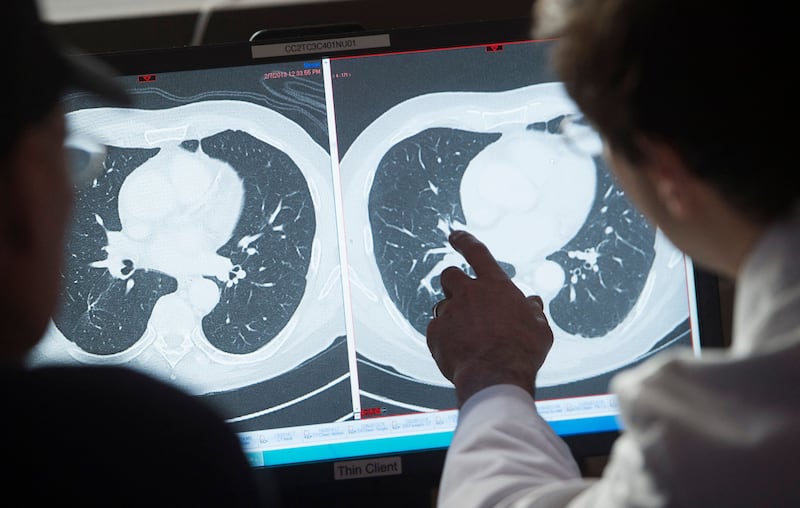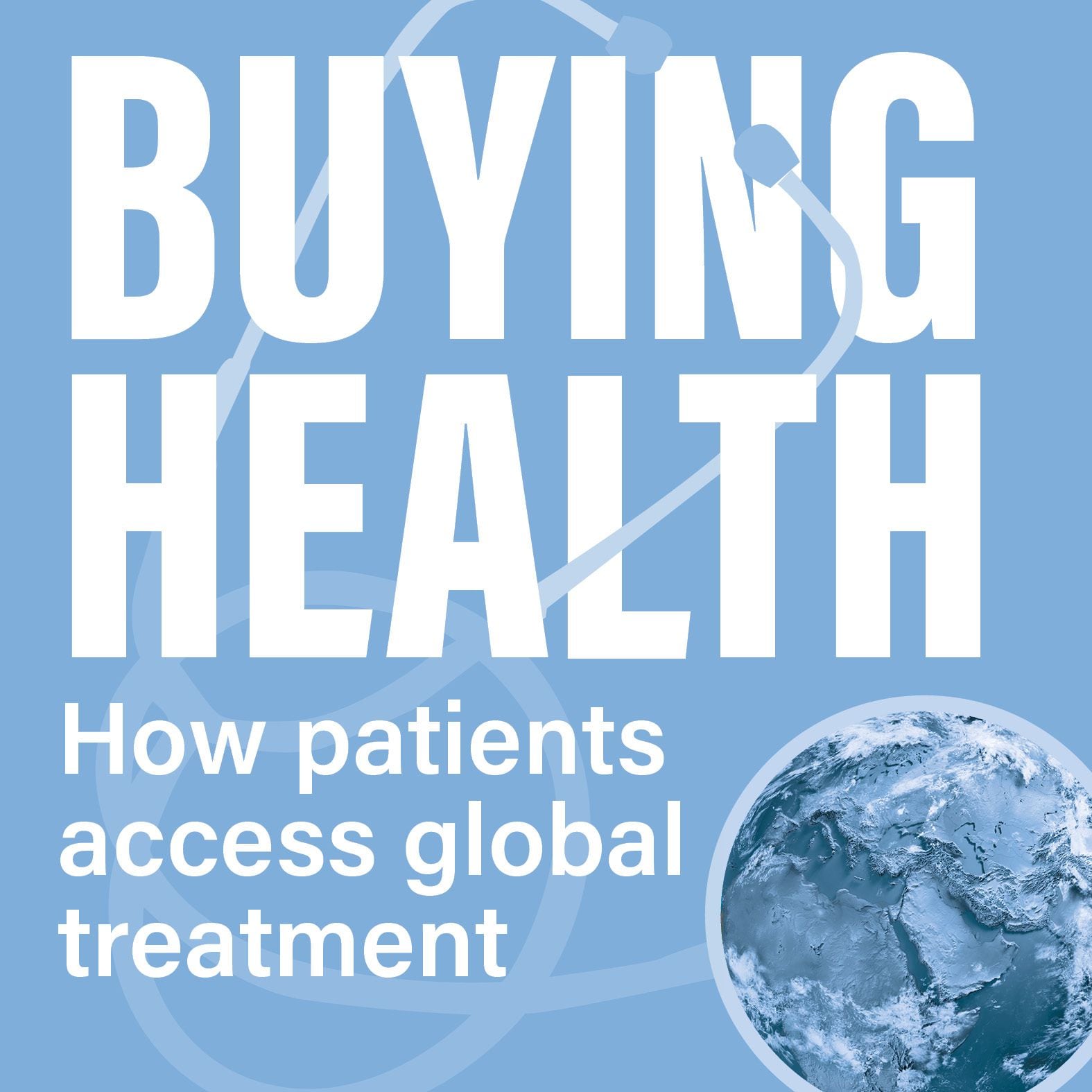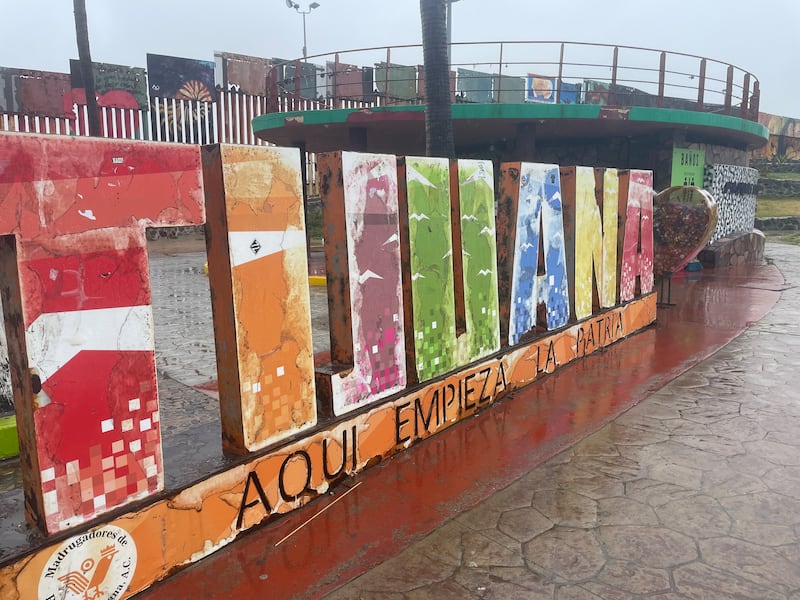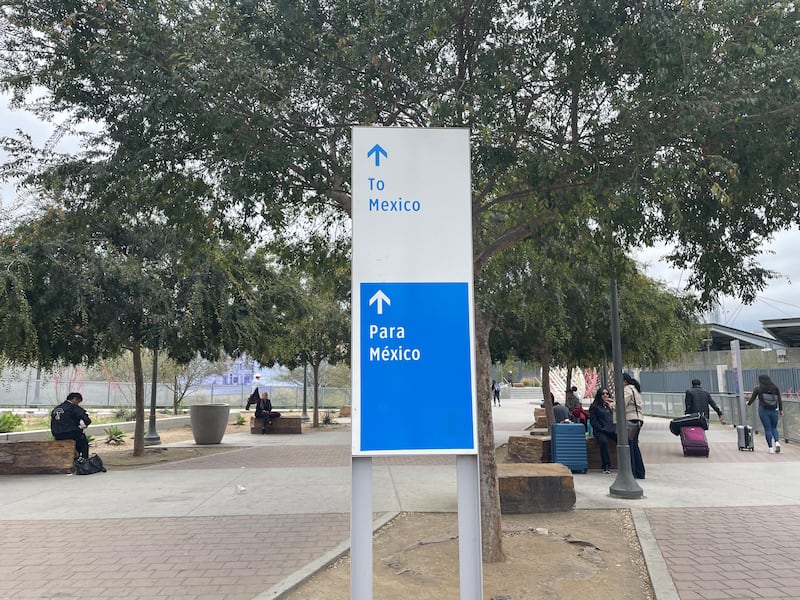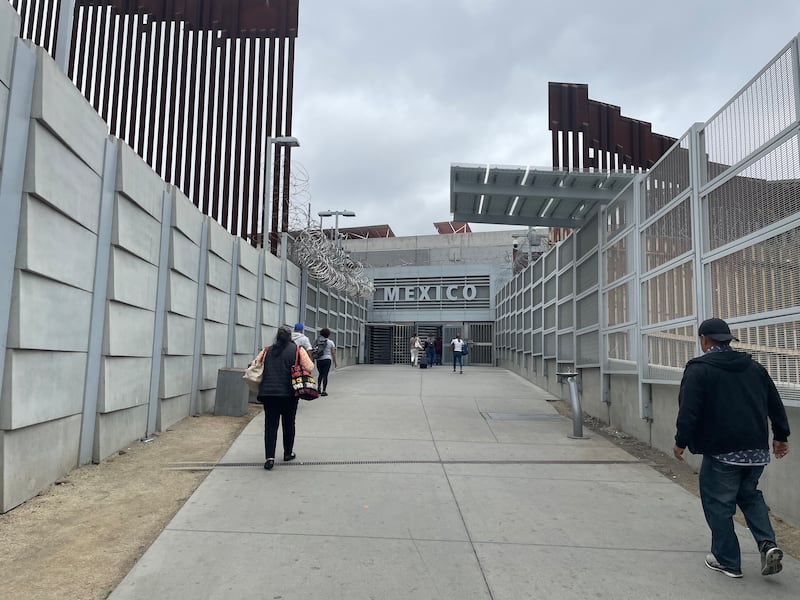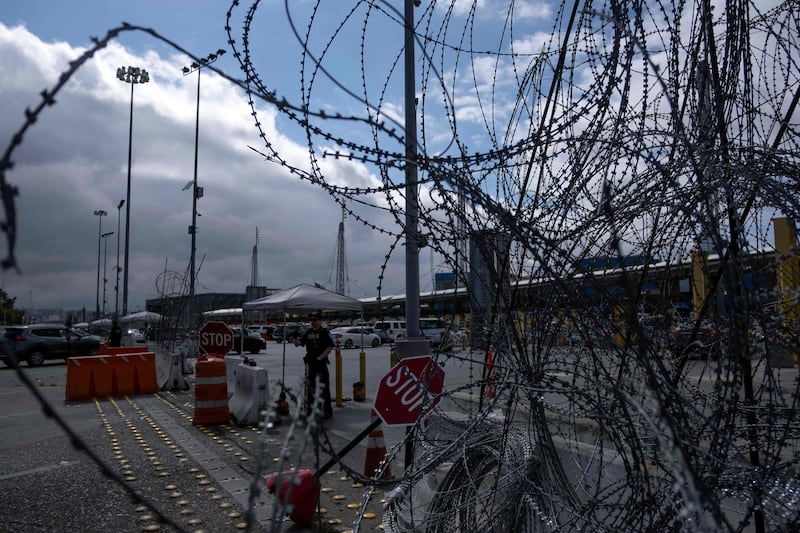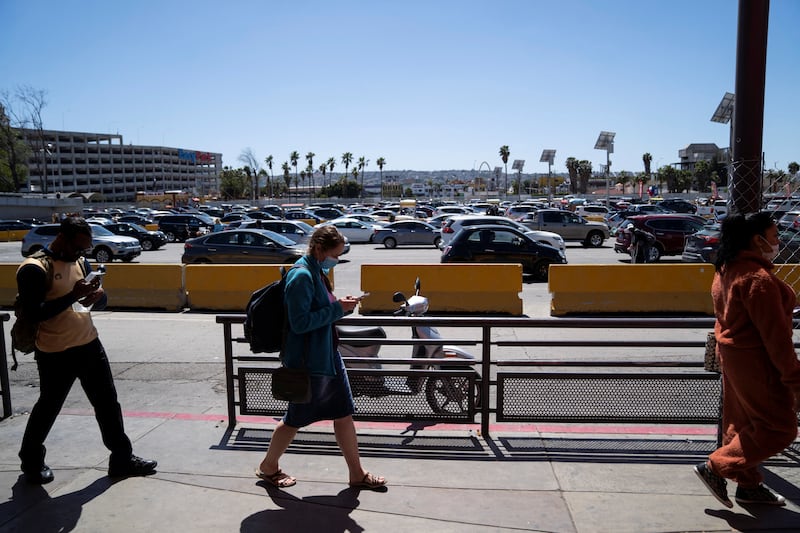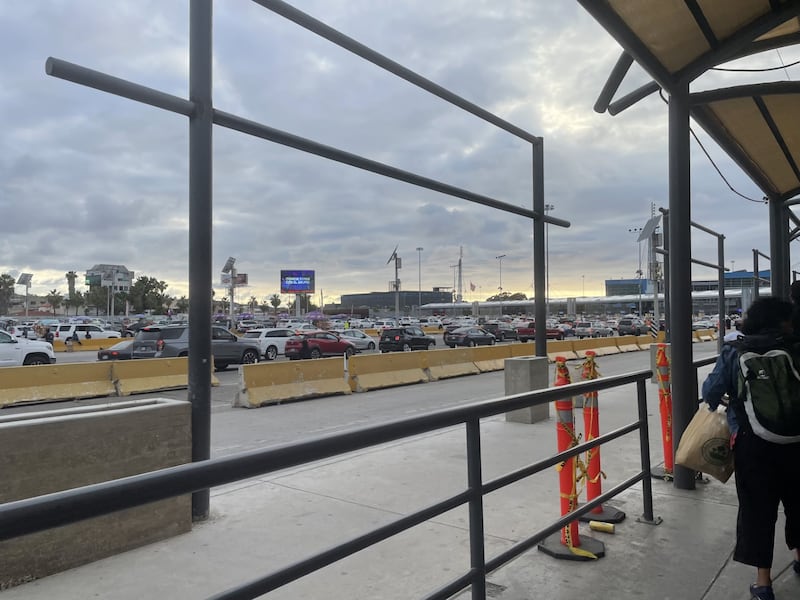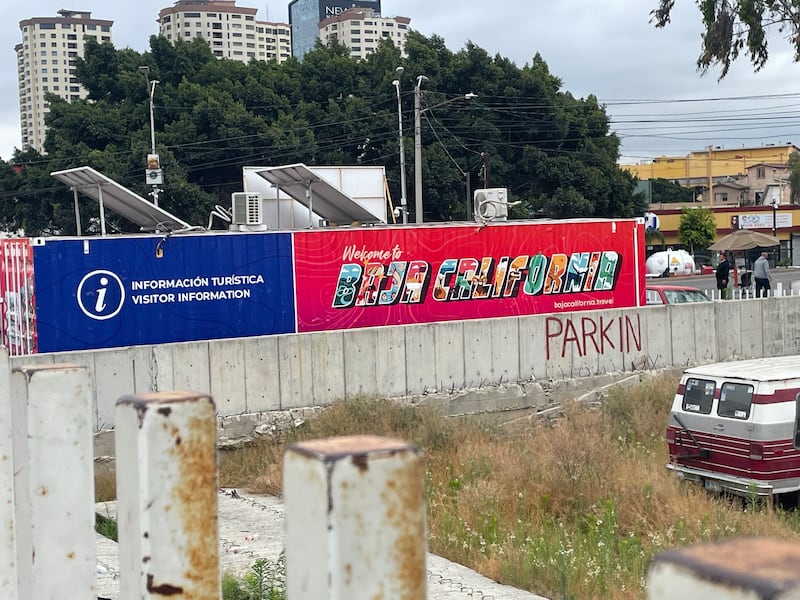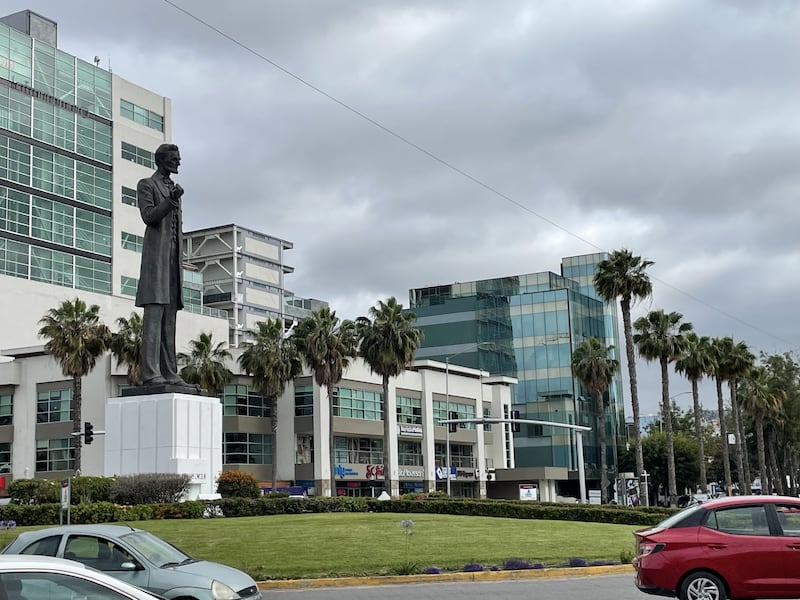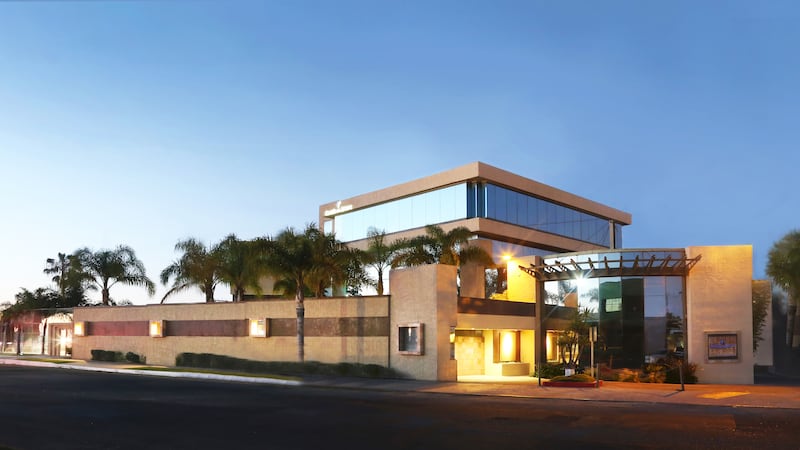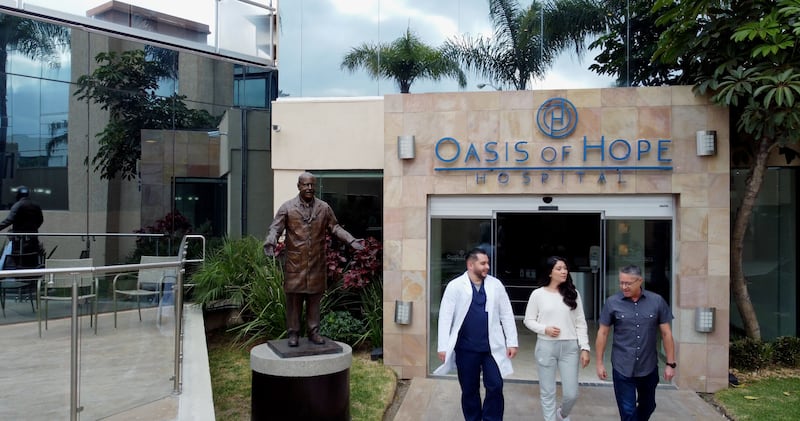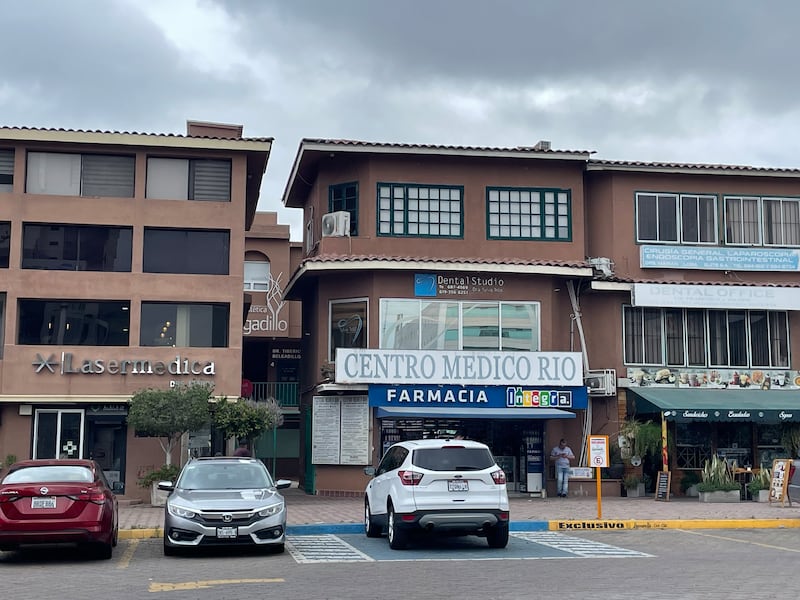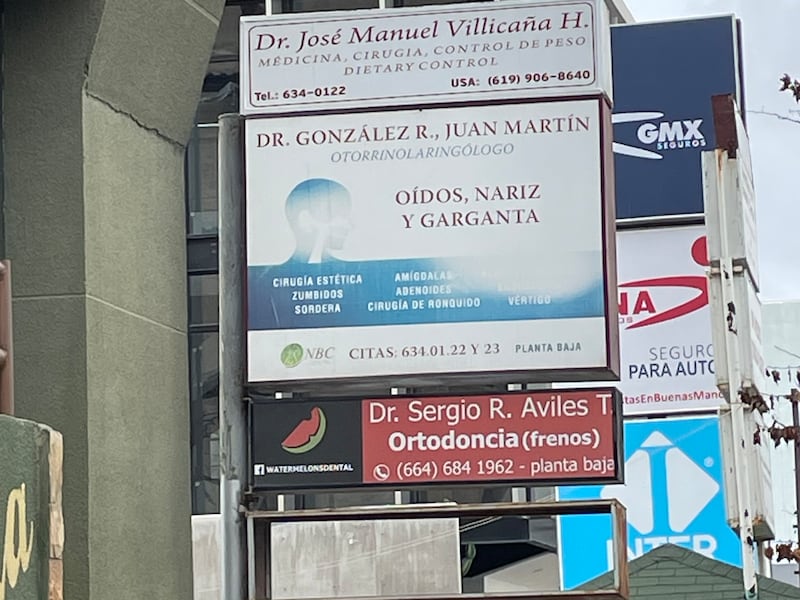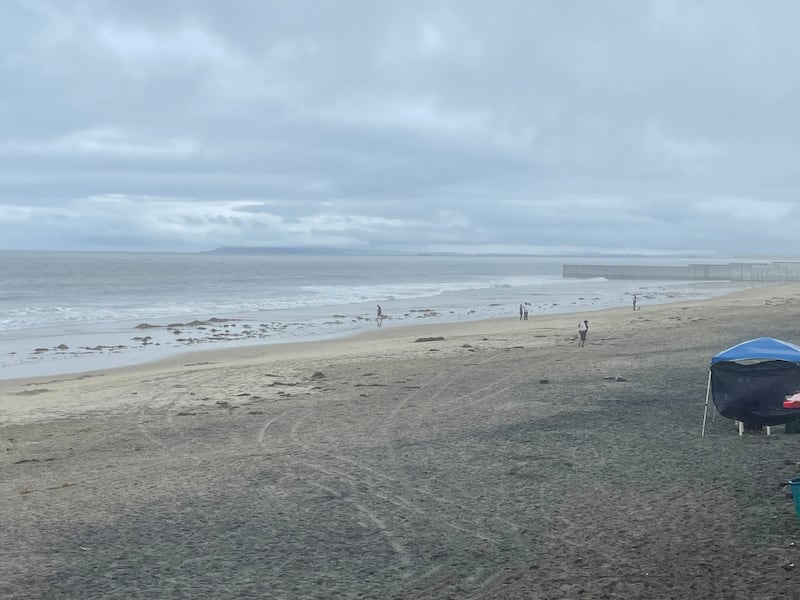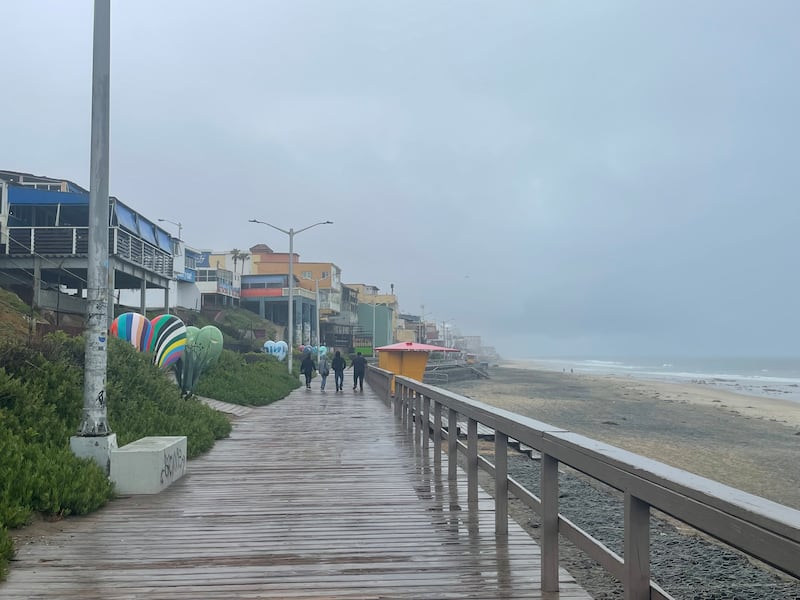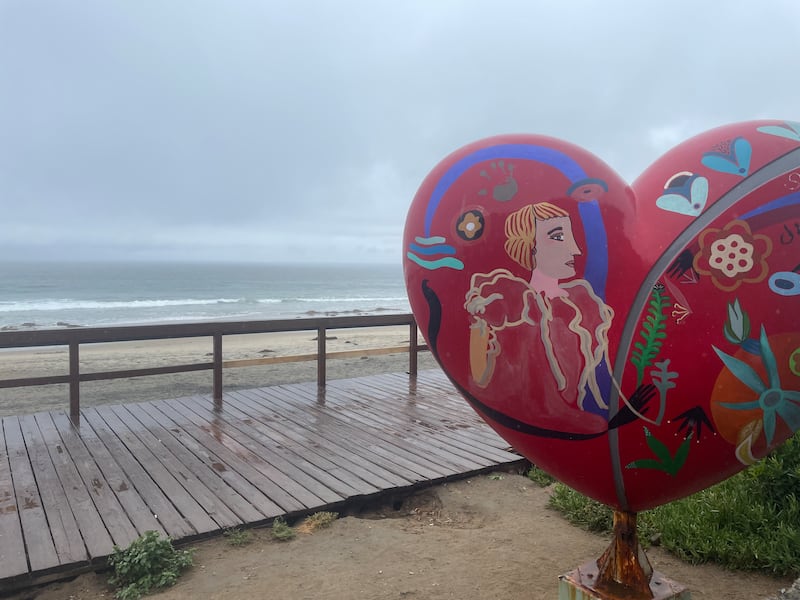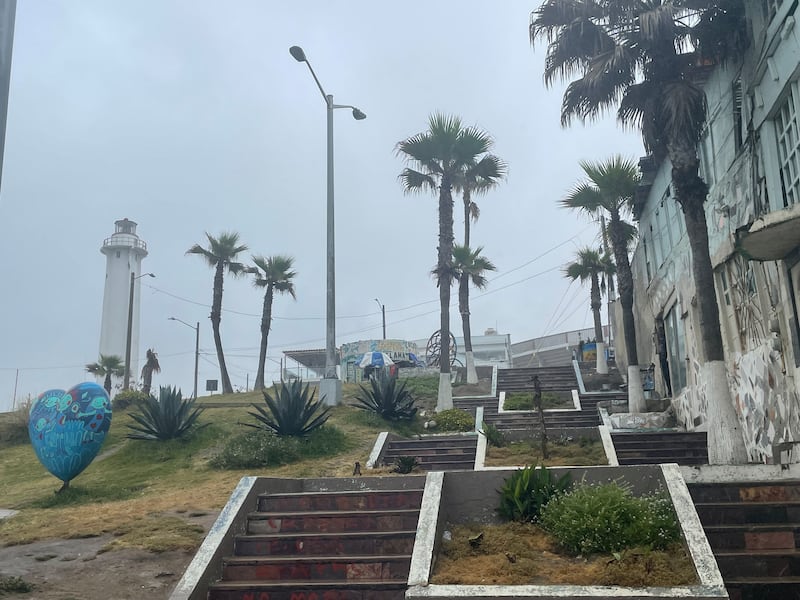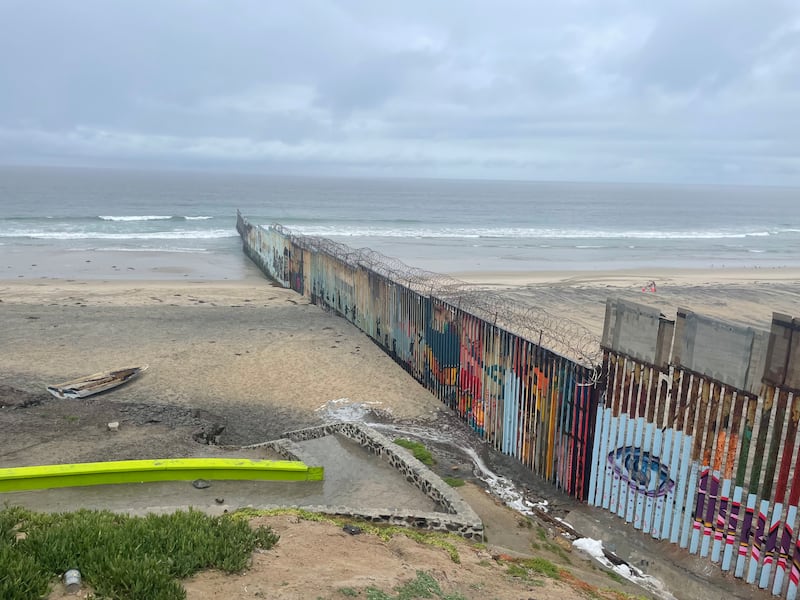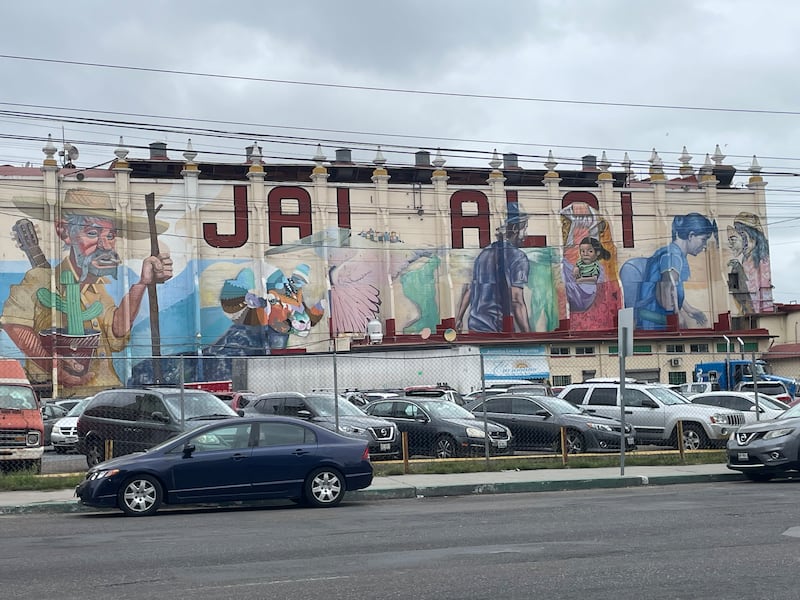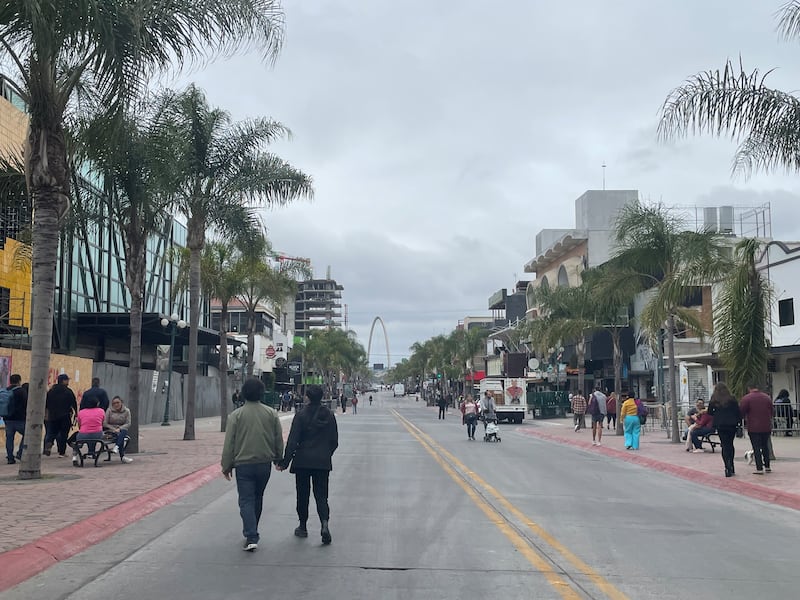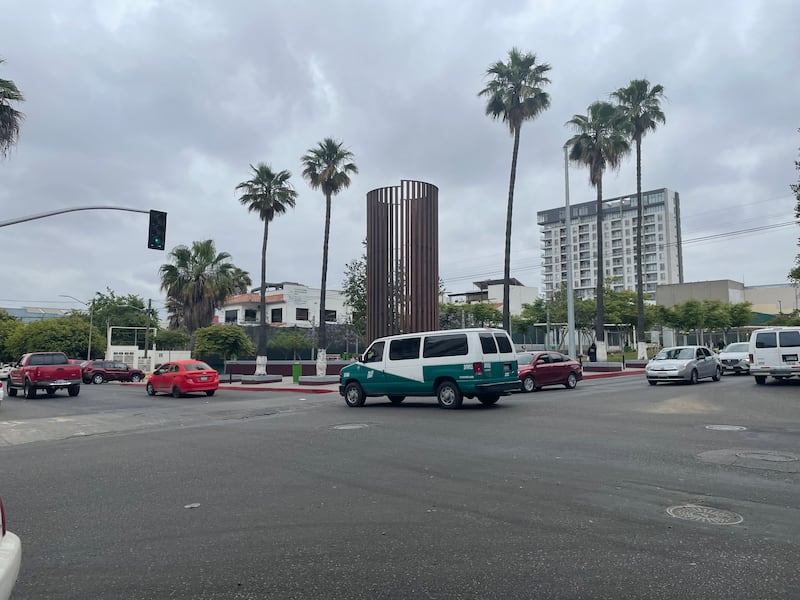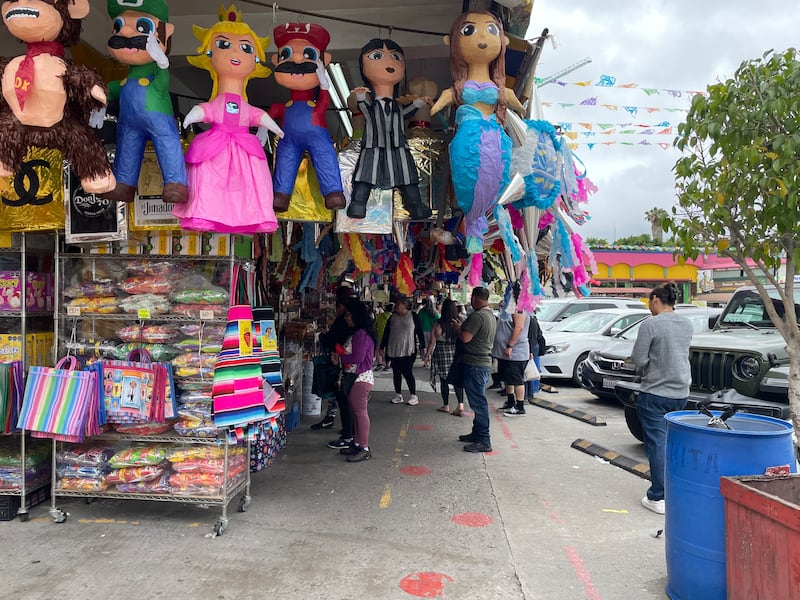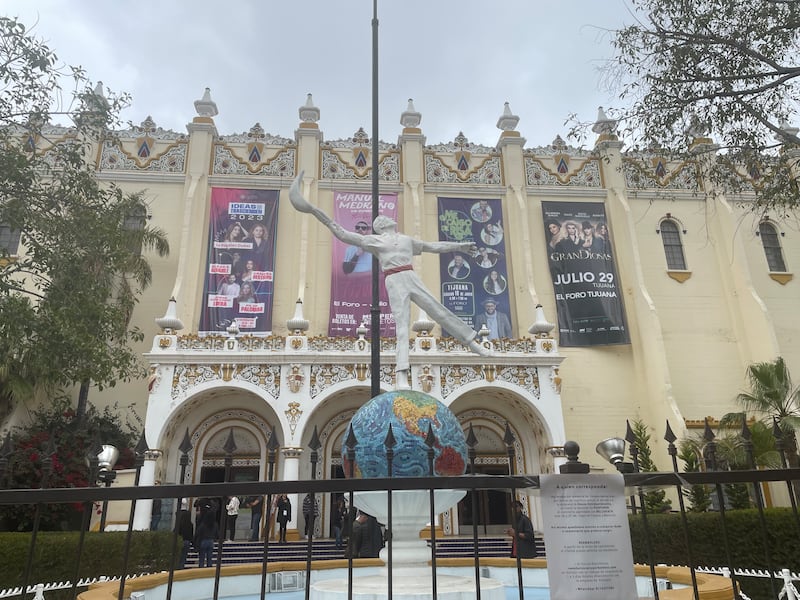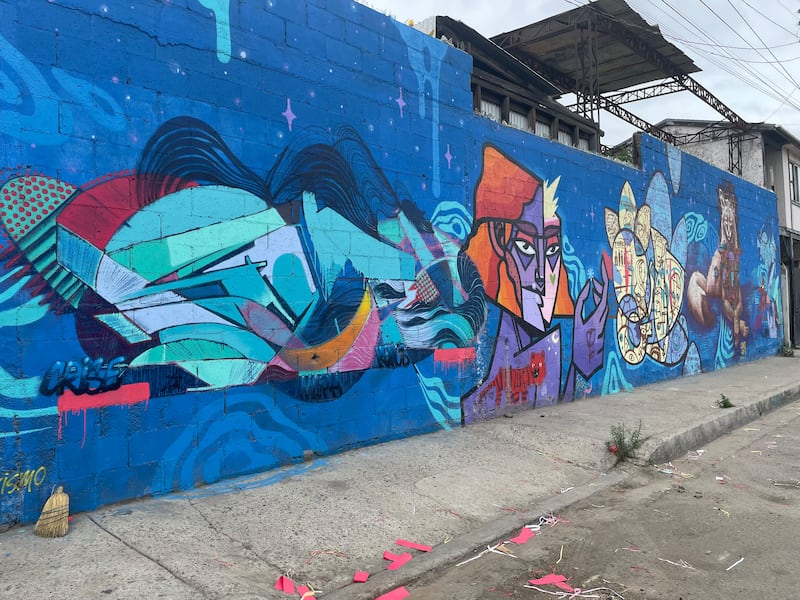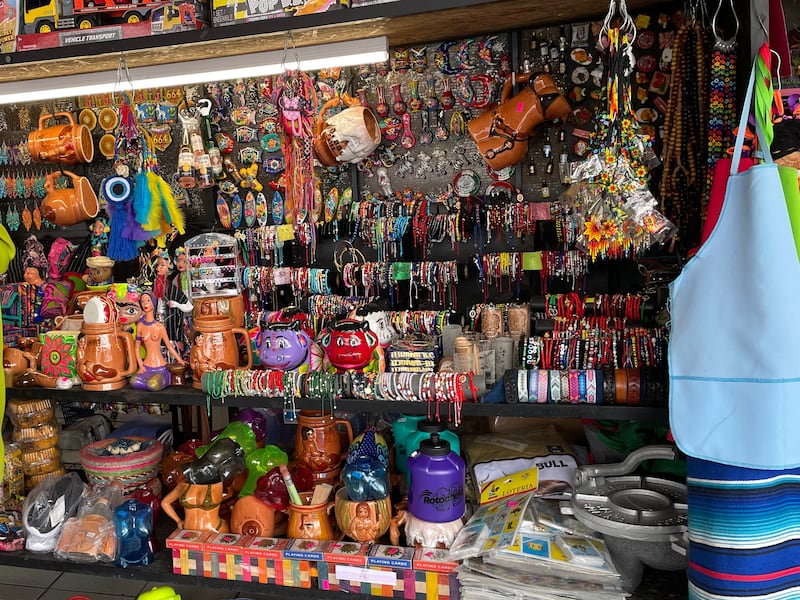Every year, more than a million Americans cross the border into Mexico seeking health care. Among those making the journey are cancer patients.
Clinics in Mexico offer a wide range of treatments, from conventional therapy to alternative options – but while the number of people venturing south of the border for treatment continues to grow, critics say many of these centres are peddling expensive false hope.
Cancer in the US
Last year, about two million people were diagnosed with some form of cancer, according to the American Cancer Society. More than 600,000 people died from the disease.
Cancer is conventionally treated through surgery, radiation or chemotherapy to kill, shrink or stop the progression of a tumour.
The average cost to treat the disease in the year following diagnosis is about $42,000 – a cost uninsured patients must pay out of pocket. Even with insurance, patients are often rocked by high expenses. Policies often come with an excess in the thousands that someone must cover before the insurance even kicks in, and costs for medications and medical equipment can easily send the bill beyond $100,000.
In addition to the high financial cost of treatment, chemotherapy, radiation and surgery have a high physical cost as well, including extreme fatigue, hair loss, nausea and lowered immune response.
In Mexico, meanwhile, an uninsured person can expect to pay about 50 per cent to 70 per cent less than in the US, according to insurance brokerage Pacific Prime Latin America.
This, plus a promise of a different, less physically taxing approach to treatment, is what draws American patients to Mexican clinics.
Francisco Contreras, director, president and chairman of the Oasis of Hope Hospital in Tijuana, tells The National that his clinic welcomes many American patients every year.
“Eighty per cent are American and 20 per cent are from the rest of the world,” he says.
Many come because they have been “sent home to die”.
“Eighty-five per cent to 90 per cent of the patients that come to us is because they just hit the wall. There was nothing else for them to do,” he says.
“And so in their desperation, they come to Mexico. More and more patients come here as a first resource, but in general, patients come here after not responding to conventional therapy.”
Alternative options
While conventional therapy is offered at Mexican clinics, the centres also provide alternative treatment plans.

Many clinics focus on holistic healing, not only treating the cancer but also the mind and the spirit. Religious personnel are available for consultations, therapists offer calming massages – even the walls in some clinics are painted in colours believed to encourage healing.
Clinics also boast cutting-edge technology and the latest innovations in cancer treatments to attract foreign patients.
While some treatments, such as certain immunotherapies, have been approved by the Food and Drug Administration and are available at a small number of clinics in the US, other unconventional therapies – such as ozone therapy and intravenous vitamin C – have not.
Treatments on offer include bombarding tumours with light (photodynamic therapy), exposing tumours to high temperatures (whole-body hyperthermia) and breathing pure oxygen in a special chamber (hyperbaric oxygen therapy).
Mexican drug regulation is much looser than that of the FDA, whose rigid requirements put new drugs and treatments out of reach until extensive trials are carried out.
Proponents of unconventional cancer therapies contend that the cost of receiving FDA approval makes it restrictive, as companies and researchers must shell out between $800 million to $1 billion to bring a drug or treatment to market.
“In order for you to have something approved by the FDA, you have to prove that your product is effective and safe,” Dr Contreras says.
“So effectiveness is something that is usually very easy to prove. I mean, the tumour is there, that it's vulnerable, right? Now, whether it's [the treatment's] safe or not is a completely different thing because you can use chemotherapy to the point where the tumour goes away, but the patient dies.
Americans in Tijuana for medical care – in pictures
“Now, for the FDA, it doesn't matter – you still have to do those things. So if you have a natural product, you still have to spend the $800 million. The problem is that when you do that, no patent can be given to you because it's natural.”
Tied to this more “natural” approach, one trend among treatment centres in Mexico is a focus on strengthening the body's natural defence mechanisms to fight cancer.
“There is no question that a person who has the immune system 100 per cent working for him or her will not develop cancer, says Dr Contreras.
“When we work for our patients instead of against the tumour, meaning if I provide resources to a patient to improve the quality and quantity of the immune system, I have a much better opportunity to help that patient survive much longer than expected and in many cases, the patient can be cured.”
Hope4Cancer, a treatment centre with offices in Tijuana and Cancun, also emphasises the importance of the immune system in treating the disease.
“The immune system protects us against both pathogens and cancer cells, and it’s the body’s first line of defence against cancer,” the centre says in an article on its website.
“A healthy immune system identifies and attacks abnormal cells before they can grow and divide to create a tumour. But even once a tumour has developed, the immune system still plays an important role by attacking the tumour and preventing it from spreading to other parts of the body.”
To shore up the immune system, clinics often offer treatment plans that focus heavily on nutrition and the “detoxification” of the body.
At Hospital Angeles, a popular healthcare centre among American medical tourists in Tijuana, the oncology department offers a detoxification process to help patients in their fight against cancer.
“Detoxification is a cardinal step in the management of cancer and any other chronic degenerative disease,” the hospital's website says.
“Our detox process begins with a proper evaluation of the systems and organs responsible for the detoxification (elimination of toxins), to see if they are functioning in the expected manner and have the proper support to fulfil their objectives.”

'False hope'
But the treatments on offer in Mexican cancer clinics have been a cause of concern among medical professionals in the US for decades.
Oncologists and other healthcare professionals say many cancer centres in Mexico are taking advantage of desperate people by using unproven treatments described as “non-toxic”, “natural” or “cutting edge”.
Laetrile, for example, is a popular treatment long offered by some clinics in Mexico, despite a lack of comprehensive human trials and little peer-reviewed research backing up claims that it shrinks tumours.
Writing for The Irish Times, scientist and author David Robert Grimes accuses Mexican cancer clinics offering alternative options of duping patients into paying for ineffective cures.
“Sunivera, for example, is a repacking of the protein GcMAF, a debunked cancer intervention,” he said, referring to a type of immunotherapy available at a number of clinics.
“This treatment is unlicensed in Europe and America for good reason – it can and has killed patients.”
He adds that “immunotherapy” treatments on offer often consist of “long-discredited folk remedies, peddled in expensive new packaging”.
Other experts contend that although patients going through alternative treatments at Mexican clinics might show initial improvement, this is more often than not due to ending debilitating conventional treatments, and the disease often continues to progress.
Cancer patients turn to the black market for survival in Lebanon – video
Cancer patients turn to the black market for survival in Lebanon
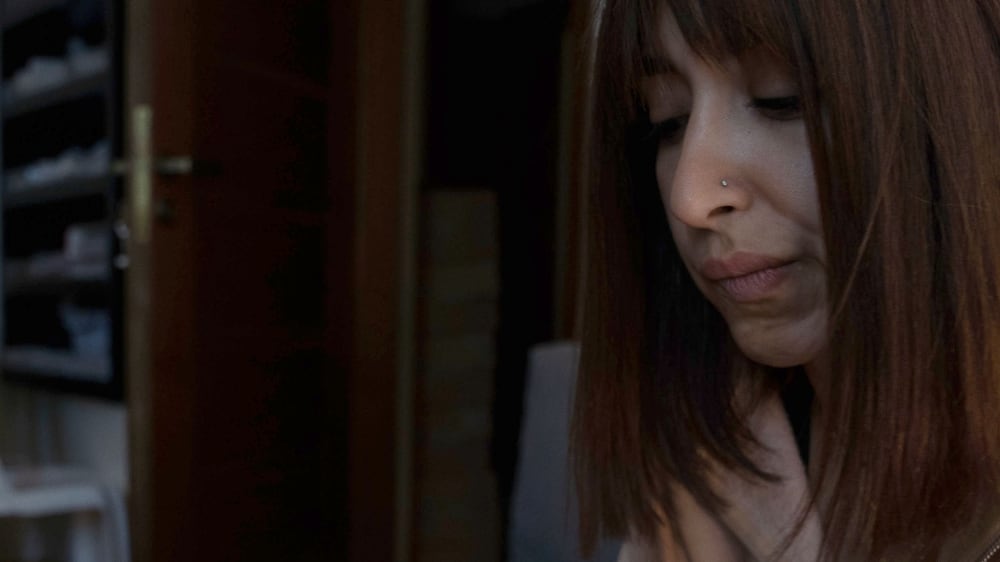
In addition, patients at cancer clinics in Mexico “do not get the same protections, which allows healthcare professionals … to offer experimental interventions without the regulations that can curb in excess risk”, McGill University's Office for Science and Society reported.
“More and more, quack clinics are appropriating treatments that show real promise, and the line between avant-garde and fraudulent becomes blurred.”
While the more established clinics in Mexico often offer alternative treatments in support of conventional ones, and though most of these therapies do no harm, risk arises when they are used in place of conventional therapies. Even experts supporting the integration of alternative methods into conventional treatments urge caution.
“Unproven approaches are dangerous to patients,” integrative oncology pioneer Barrie Cassileth wrote in the medical journal Oncology.
“Even when the therapy itself does not harm, people too often choose to shun conventional treatment entirely and replace it with an alternative treatment that does nothing to diminish their disease.”
Despite scepticism and warnings from US experts, American patients continue to come.
“We are usually criticised for selling false hope,” says Dr Contreras. “But I ask you: what is true hope? You're dead? You're not going to make it? No, there is either hope or no hope.”
